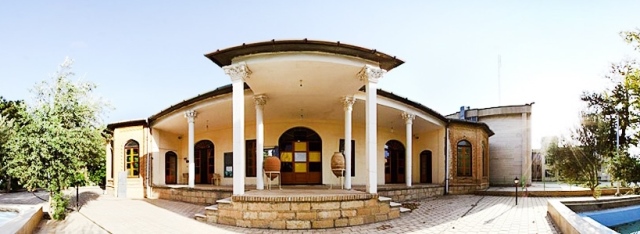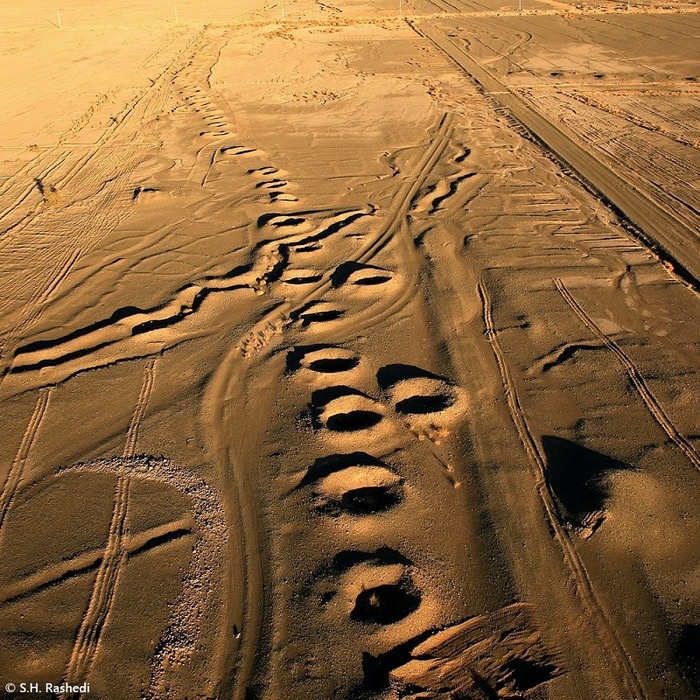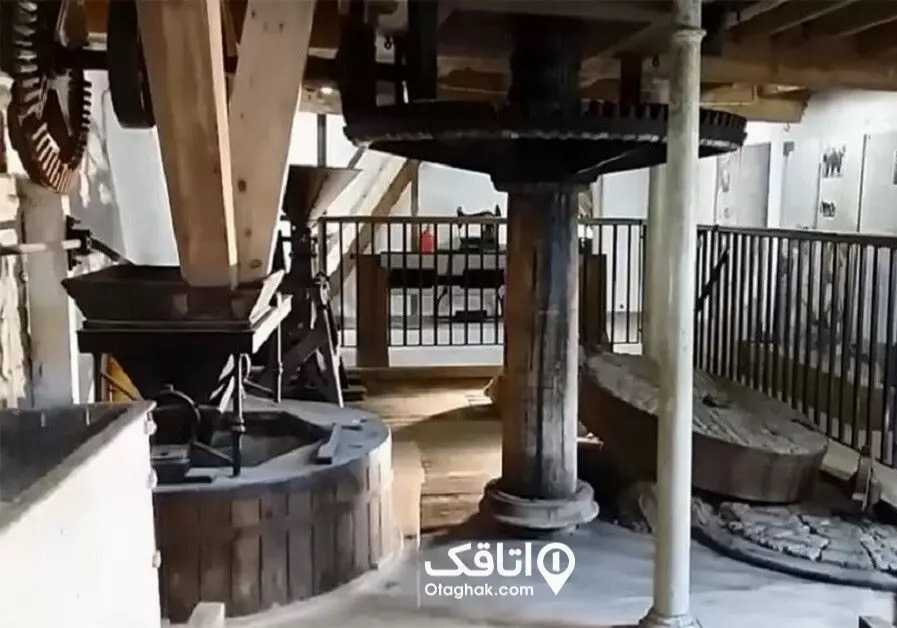
Chogha Zanbil
Chogha Zanbil
Chogha Zanbil (or the Ziggurat Dur Untash) is an ancient Elamite complex located in the Shush (Susa) County of the Khuzestan Province of Iran. This ancient place of worship was built by Untash Gal, the great king of ancient Elam, in honor of god Inshushinak, the guardian of Susa (ancient city), during the time of the Elamites and around 1250 BC.
Ziggurat means peak, mountain peak, and high place and in the Sumerian language, it means multi-story temple and stairs-shaped. The locals call the abnormal hills “Chogha” and “Zanbil” means basket, and because this place was in the form of an inverted basket before the excavations, it was called Chogha Zanbil. In the northern part of Khuzestan plain, the word Chogha means “hill of antiquities” and a number of cases beginning with this term, like Chogha Zanbil (ancient hill in the shape of a basket), Chogha Mish (ancient hill in the shape of a sheep), Chogha Pahn (wide and large ancient hill), etc. can be noticed in the local dialect.
Chogha Zanbil Temple is located in a town called “Dur Untash” and covers an area of approximately 130 hectares and consists of three concentric walls which define the main areas of the town, which constitute the main temple (ziggurat) located in the center of the first fence, palaces and smaller temples located within the second fence, and the royal underground tombs, royal palaces and the water treatment plant located inside the third fence. It is believed that there were other places of worship built for the gods and goddesses of Elam in Chogha Zanbil.
The ziggurat was originally a five-story construction, two of which have survived. The ziggurat of Chogha Zanbil was originally measured 105.2 meters (345 ft.) on each side and about 53 meters (174 ft.) in height, only 25 meters of which are left now. Except for the first and fifth floors, which were hollow and had room-shaped extensions, the rest of the floors were filled with clay bricks. The interior texture of the walls was made of clay bricks and the exterior was made of baked bricks. Some of the bricks used in the ziggurat are glazed and some others have stud-shaped decorations that are among the oldest tiles in the world. All around the ziggurat, one can see a number of bricks on which the names of the constructor and the purpose of its construction have been inscribed in Elamite cuneiform.
Two circular platforms can be seen on the northwestern and southwestern fronts of the ziggurat about which various opinions have been expressed. According to these various opinions, these platforms were an altar for offerings, a place of installation of statues, a sundial, and a place for divination and astronomy. Chogha Zanbil Water Treatment Plant is located on the western front of the main temple. This plant had been built by using the principle of related containers and is, therefore, regarded as the oldest water treatment plant in the world.
There is an inscription in Chogha Zanbil that reads: “I, Untash Gal, have engraved the golden bricks. I have made this shelter for the gods of Gal and Inshushinak here and gave gifted this holy place to them. May my deeds, which are a gift to the gods of Gal and Inshushinak, be accepted by them.”
Like many other towns of Elam, Chogha Zanbil temple and its big town of “Dur Untash” was destroyed by Assyrian invaders led by the Assyrian king, Ashurbanipal in the year 645 BC. Chogha Zanbil, which is the surviving part of the town of Dur Untash, is a valuable, exceptional, and international monument and was inscribed on the list of UNESCO World Heritage in 1979 CE.
| Name | Chogha Zanbil |
| Country | Iran |


Choose blindless
Red blindless Green blindless Blue blindless Red hard to see Green hard to see Blue hard to see Monochrome Special MonochromeFont size change:
Change word spacing:
Change line height:
Change mouse type:
.jpg)










.jpg)


